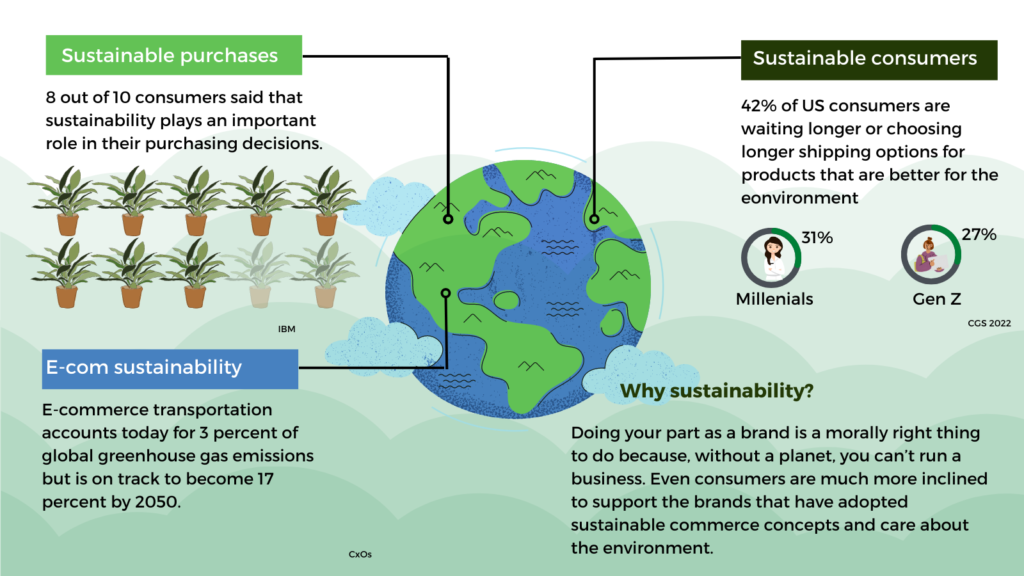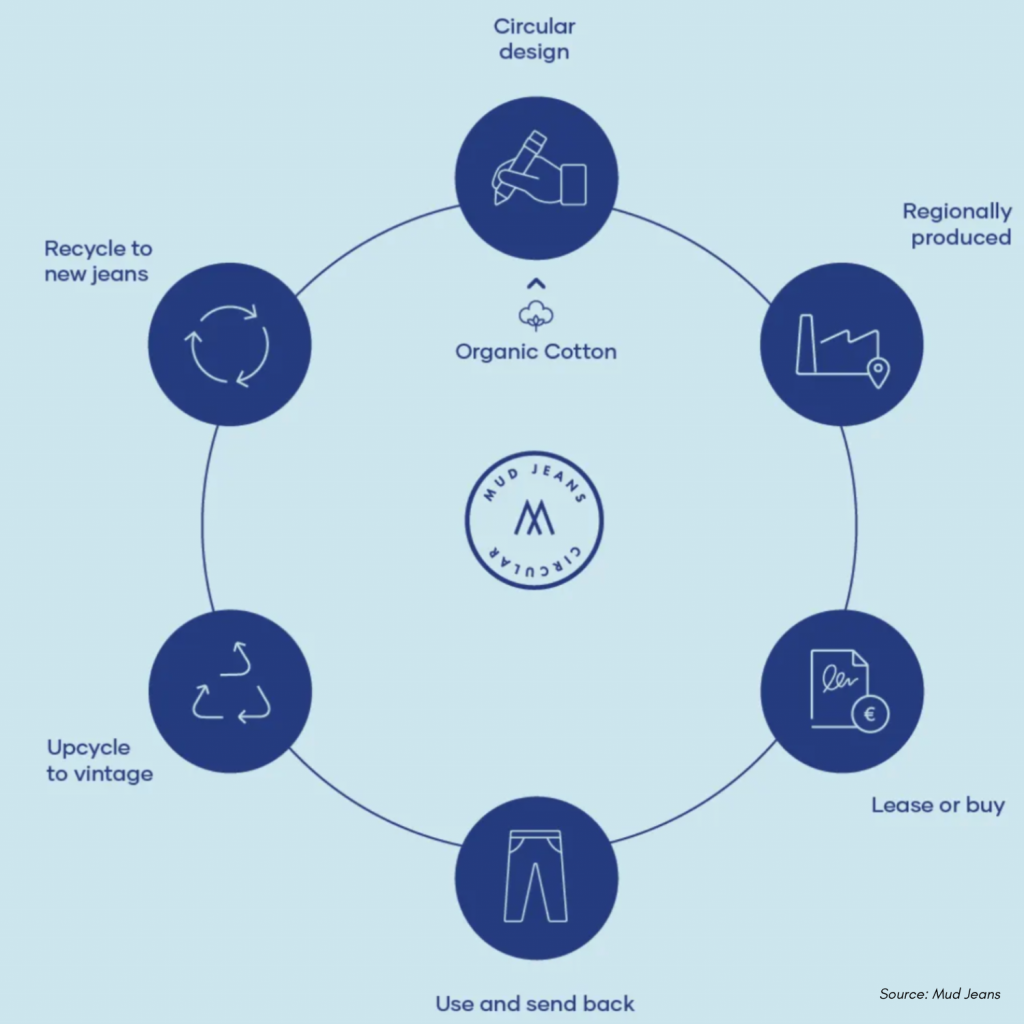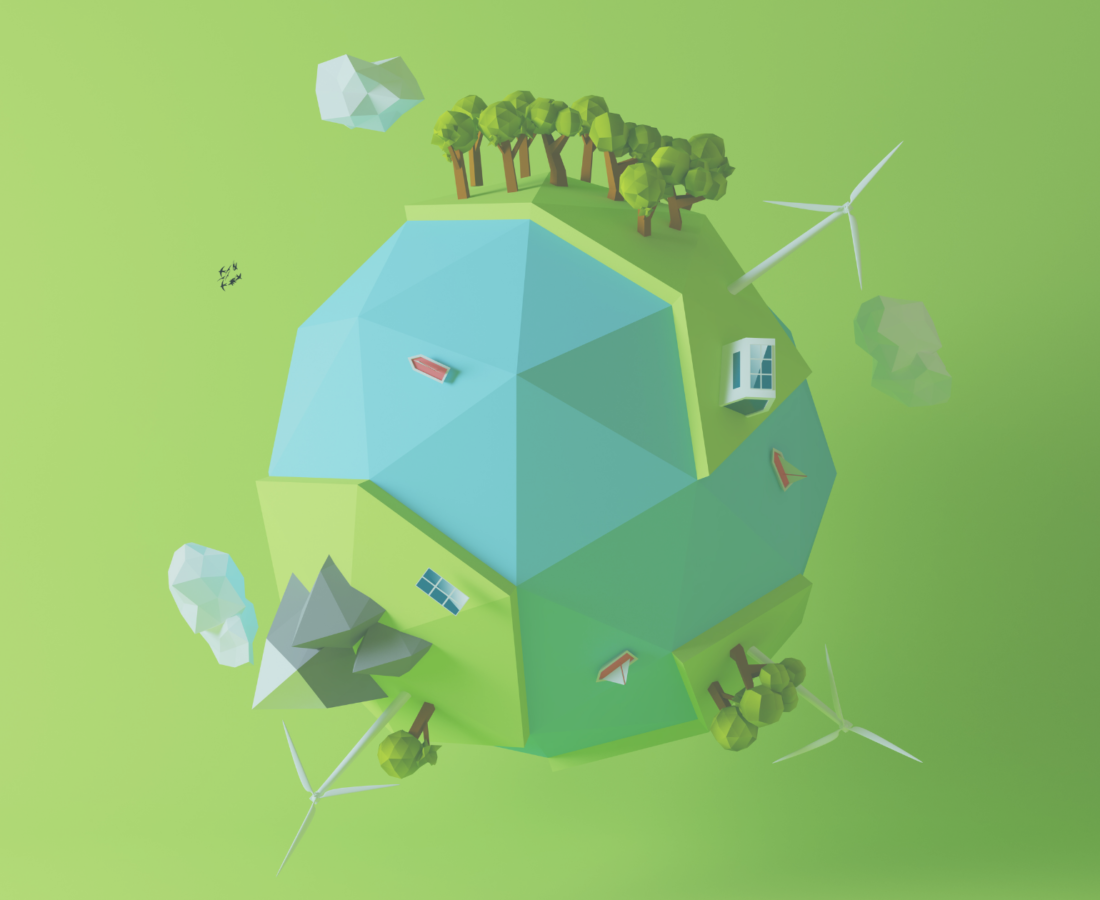Our world is undergoing a significant transformation. Recently, millions of people throughout the world took to the streets to demand stricter climate regulations, causing tectonic shifts in both governments’ and businesses’ perspectives on sustainability.
The concept of sustainability branding has sparked an interest among consumers. Sustainability is a subject that will be around for a while, and its significance is also increasing, so let’s go into what sustainable branding is, why it is becoming more important, and how to include sustainability into the brands you create. First, what does sustainability mean for a brand?
The practice of focusing on and incorporating recognised environmental, economic, and social issues into a business’ operations is called sustainability branding. These sustainability initiatives today include developing, sustaining and presenting a brand that gives sustainability benefits to both consumers and the environment. In today’s world, consumers are more aware of what’s happening and which companies are causing environmental harm. Sustainable, mindful businesses are leading the movement to break this cycle, satisfy this growing need and fulfill the growing appetite for those customers.
Why is sustainability branding important?
Finding practical solutions to the global environmental, economic, and social problems is a concern that people have greater than ever. Today’s consumers demand brands to become more sustainable in their business operations, and only those brands that embrace these ideas will have a long-term impact. More eco-friendly firms are developing that prioritize the needs of the earth over profits. Since consumer purchasing patterns are changing, customers are increasingly pressing corporations to do more to protect the environment.
Here are some important stats that you should consider ….

The purchasing patterns of consumers are evolving
Most of us like to assume that we would put our money where our mouth is, and this is the situation with consumers and sustainability. Consumers today look for goods and services that help address issues they care about, including using renewable energy and buying environmentally friendly goods.
But it is not enough for a business to merely support sustainability. You must effectively convey your dedication to tackling climate change and other environmental problems. Companies that are proactive in their communication and take a statement on social problems will easily capture the hearts of their customers.
“Saving our planet 🌎 is now a communications challenge.” – Sir David Attenborough
Ways to effectively Communicate Your Ecommerce Sustainability Actions
- Always tell the truth
- Incorporate your sustainability messaging across all your channels
- Keep it simple
- Leverage eye-catching creatives to spread your message
- Align your sustainability goals with your business purpose
5 Sustainable brands that will inspire you to go green
2023 is the year to achieve a net zero economy, to find solutions and policies in the sustainability space, ideas that will truly move the goalposts of how we can create a “nature positive future”. Here are five brands that would inspire you to go green.
Pela
Why we love this brand: climate neutral certified brand
Pela is the world’s first compostable phone manufacturing company. Pela thought that an average person uses their phone for 18-24 months but the cases being manufactured for those phones mostly last for 100 years (since they are made from plastic). That’s when the founder of Pela decided to manufacture a product that wouldn’t harm the environment. They measure, reduce and compensate for all of its emissions from making and delivering its products and services.

“We’re considering every step of the process, from offsetting carbon emissions of production factories down to deciding between air or ocean shipping, Shipping our product via air travel has a higher environmental impact than ocean travel, and even if it means shipping is a little slower, we’re going to choose the most sustainable option every time.” Gareth Everard, Pela Case’s chief marketing officer.
Laagam
Why we love this brand: On-demand, Zero stock brand
“The Dark Side of Fast Fashion is that, It dries up water sources and pollutes rivers and streams, while 85% of all textiles go to dumps each year” (source: earth.org)
We all know that fast fashion is one of the major contributors to pollution.
This international e-commerce brand seeks to make affordable and sustainable fashion. Everything is hand-made to order in Spain and Portugal. Most significantly, they only produce what is ordered, substantially lowering production waste from unsold goods. They push you to sell something you no longer want in exchange for each item you order. Additionally, they distribute leftover materials to independent fashion firms and reduce their carbon footprint. This innovative stockless fashion brand is growing rapidly, averaging a 100% yearly growth rate.
Mud Jeans
Why we love this brand: Promotes circular economy

A circular economy is an alternative from the traditional linear ‘take, make and waste’ system. Fabrics are never wasted in a circular economy because they are used to their fullest potential and then recycled back into production. Mud Jeans motto is ‘ Everyday jeans, made with tomorrow in mind’. Their jeans currently include up to 40% post-consumer recycled cotton in them.
“The sky is not the limit for us; we constantly work to improve our offerings. Our objective is to introduce 100% post-consumer recycled cotton jeans first.”
Thrive market
Why we love this brand: zero waste certified
Zero Waste means designing and managing products and processes to systematically avoid and eliminate the volume and toxicity of waste and materials, conserve and recover all resources, and not burn or bury them. In addition to this, thrive market also has been carbon neutral. The company transports packages through ground, which emits 82 percent fewer carbon emissions than shipping by air. Their fulfillment centers use wind energy, LEED-certified construction materials
‘We see our next task as going beyond sustainability — which aims to minimize negative environmental impacts — towards an approach that preserves, heals, and actually improves the planet. Simply put, we’re trying to leave the Earth better than we found it.’

Kimono my house
Why we love this brand: Does mindful deliveries
Utilising a shipping carrier with sustainable credentials and paying a little bit extra for each cargo to support their efforts to become carbon neutral are examples of mindful deliveries. Every kimono sold helps offset carbon emissions from production in some little way by planting a tree. Paper is used for all of the packaging and is locally sourced for Kimono My House in Devon.The most incredible aspect? To encourage customers to fix their clothing and extend the life of their purchases, they include a repair kit with each kimono. This kit is called ‘ the Sashiko repair kit’
Bottom Line
E-commerce sustainability is essential to the way society operates today. Every choice we make should be based on protecting our world. The e-commerce industry is a pioneer in bridging digitalization and sustainability in global business. Future sustainable solutions are being pioneered by businesses, and they are also influencing how we shop online. from selecting the ideal partner, how retailers package their goods, how these goods are processed in distribution locations, how they are transported to your door, and how these goods are given a second life. To improve policy making, sustainability must become the norm and knowledge must be shared.



